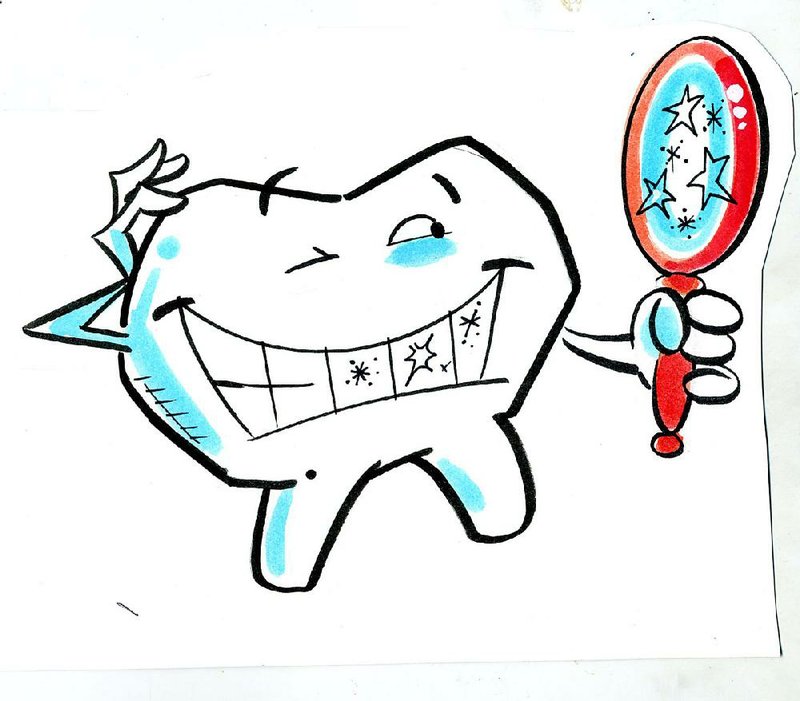Q: What is the healthiest and most effective way to whiten your teeth?
A: There is no shortage of ways to treat tooth discoloration: strips, rinses, brush-on gels and toothpastes sold at pharmacies; bleaching treatments at the dentist; trays bought at the dentist's office for home use. All of these methods work, but some require patience, and others a tolerance for painful sensitivity. And the results will be temporary.
Higher concentrations of hydrogen peroxide, a bleaching agent used in many whiteners, can be delivered in a dentist's office, so those procedures tend to be quicker than drugstore aids. But tooth sensitivity and gum irritation can occur, and the higher the concentration of peroxide, the more severe these side effects are likely to be.
More aggressive treatment isn't necessarily more effective, either. A randomized trial of 90 patients found that use of a home bleaching tray with a 10 percent carbamide peroxide gel for two weeks offered the same degree of whitening as two in-office sessions using 35 percent hydrogen peroxide with light, which some dentists use because it supposedly activates bleaching agents.
Some dentists also use heat or lasers to activate bleaching agents. But a 2007 systematic review of evidence in the journal Dental Materials found no added benefit from heat, light or lasers, and suggested these methods "may have an adverse effect on pulpal tissue," the soft material in a tooth's center. If the pulp is damaged, it may require a root canal.
Heat and hot lights can also have a dehydrating effect on teeth that makes them look whiter. It can take weeks for the teeth to rehydrate and darken slightly.
Dr. Ronald D. Perry, director of the Gavel Center for Restorative Research at Tufts University School of Dental Medicine, said that overall, "the light doesn't really do anything, but the marketing behind it is so powerful."
Before any bleaching, even when it is done at home, a dentist should check fillings and crowns, because, Perry said, applying peroxide to a restoration that is no longer perfectly sealed will be very sensitive.
In a 2014 review of tooth whitening studies, Clifton Carey, a professor at the University of Colorado School of Dental Medicine, warned that fillings designed
to match a tooth's color might become more yellow even after the use of drugstore whiteners.
Or, if a tooth gets whiter and a filling doesn't, it might stand out.
Not all staining is alike. It can be caused by external factors like wine, coffee, cola and smoking, and bleaching is effective against these. Aging is another culprit as enamel wears down and the yellower dentin that lies beneath becomes visible. Bleaching does work on older teeth, too.
Unfortunately, it is tricky to say how long the results of tooth whitening will last. A nightly merlot drinker with freshly lightened teeth may restain them in a month or two.
ActiveStyle on 03/30/2015
